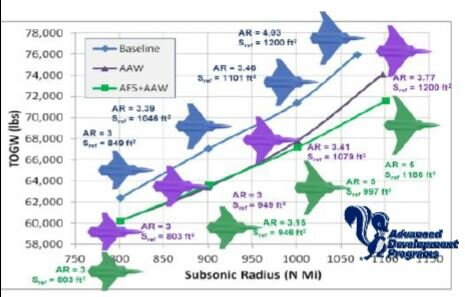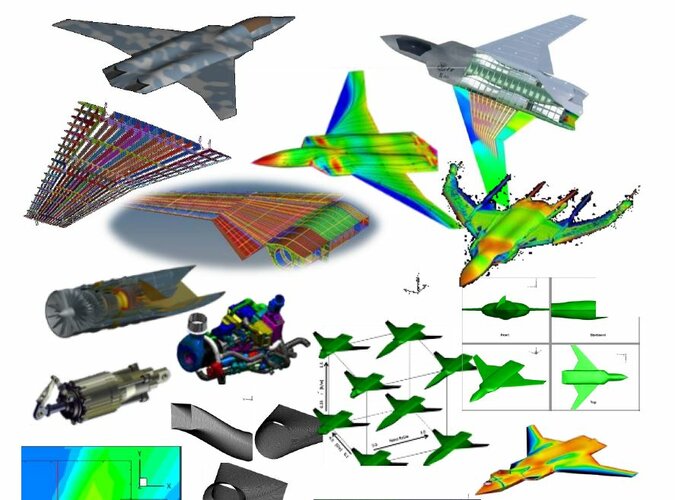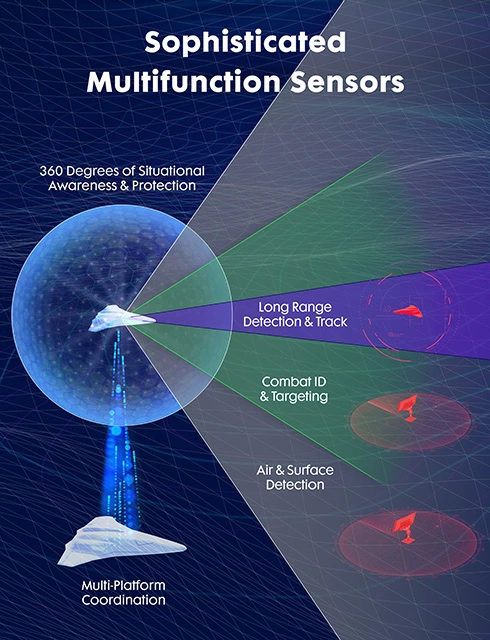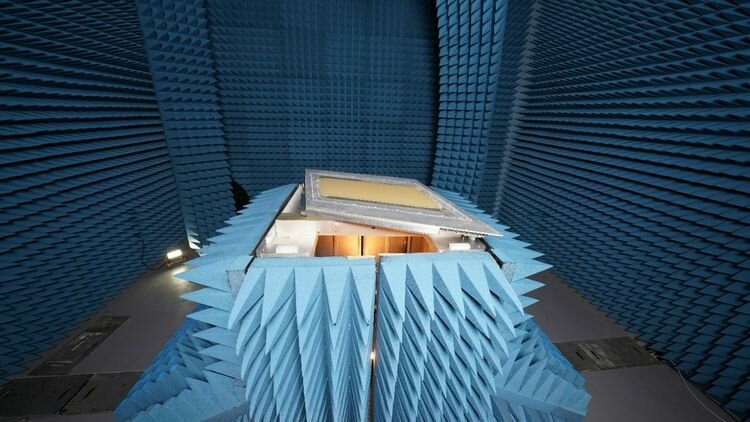If we're expecting the Loyal Wingman to keep up with a plane that regularly supercruises like the F22 or NGAD, the Loyal Wingman has to be supercruising at the same speeds.
So I guess that's the real question: How much do the F22s actually supercruise? And do they have more range while supercruising than subsonic? I was under the impression that the F22 was more efficient at supercruise than subsonic, as the speed roughly doubles while the engine is only at Mil power.
There would be a good case to be made for supercruise - being able to keep up with the manned platform across most speed regimes and imparting more energy to ordnance. That would have to be weighed against the costs of having that capability on what is supposed to be an "affordable mass" airframe. I've read the initial role envisioned for CCA is as an alternative shooter - which I took to mean it would not be a major sensor node or necessarily much of an ECM platform (outside acting as a local decoy). To me this speaks to the fact that what the USAF really wants to do is offboard the AAM firing event. Launching a missile is a road flare on any IR detection system (potentially even from orbit), and any two systems datalinked that witness the launch can triangulate the exact position of it and concentrate sensor coverage there. In that context, maybe transonic cruise is "good enough" for a reusable but still much more expendable firing platform?
Assuming that the NGAD usually supercruises on patrol or whatever because the whole engine and airframe were optimized for that, like the SR-71 was, then I think the CCA is going to have to be able to supercruise. If not, the CCA will have to be based or staged well in front of the NGAD, close to wherever the fight is happening.
A fair question about fuel efficiency vs range that I don't have an answer to. There's no doubt that a fast cruise is desirable just for crossing the vast distances of the Pacific, if it can be done in a suitably fuel efficient way. I just don't think using an adaptive engine on the CCA as being cost effective to achieve that. At that point I think we'd be looking at a large UAV with an up front cost on the level of a 4th/5th gen fighter. Ideally I'd want to be able to somehow get to supercruise without an afterburner, or at least with as inexpensive of an engine as I could manage. I think the F-104 could be supersonic in dry thrust, so perhaps a suitably aerodynamic shell with minimal internal carriage* could manage it?
The AGM-28 Hound Dog missile was absolutely capable of supercruise, and it had a
7500lb thrust non-afterburning engine(!). 10klbs, 1750lb payload. Oh, and modifiable for reduced RCS, even. The big SR-71 inlet spike and sharp delta wing helped reduce RCS in general.
So it might not have to be as big as I thought, as the Hound Dog had a 750 mile range
at Mach 2.1 and 56k ft. Down to 400mi at low altitude, though.
=====
Now I'm thinking an aircraft somewhere between HiMAT and F-16XL size at the largest, optimized for supercruise at whatever speed the NGAD can make.
Does NOT require the same engine as NGAD. Might run on an F100 or F110, but the US has a couple thousand of those to refit and reuse. Plus the engines are still currently in production. The F-16XL itself was capable of supercruise, so stealth the hell out of that and give it internal weapons bays. 2200mile range unrefueled, so combat radius of about 750miles? For extra simplicity, maybe use the weapons bays of the F-35A/C, which IIRC can hold 1x AIM-9 and 2x AMRAAM each. I am assuming that the plane would have the full set of chaff, flares, jammers, decoys, RWR, and MAWS.
*(the 4 BVR AAMs we've mentioned - I think carrying extra WVR AAMs is superfluous in this role)
I'm actually having the Sidewinders more for IR homing on hot, low RCS targets than trying to dogfight with them.
However, I have read an article that says at least one AI had really learned how to dogfight
and was at least as good as the human teaching it. So the CCA getting into a dogfight isn't completely out of bounds. And ideally it would have the full spherical sensors to keep track of a dogfight.
Absolutely no gun on the escort CCA, just 2-4x AMRAAMs and 2x AIM-9X. Call it 2000ish lbs of payload.
The Jammer/electronic attack CCA (Growler adjunct/replacement) needs 3-4klbs of payload for jammers, plus another 1600lbs or so for 2x ARMs. Maybe another 1klbs for a pair of JSOWs or a quartet of SDB for time-critical targets. That's 7000lbs, including a pair of AIM-9X for self defense anti air.
The attacker CCA I'm guessing will need at least 10klbs of boom, and 15-20k would be better, and it's going to be all internal carriage. The F16XL did carry 15klbs of weapons, 12x 1000lb bombs plus 4x AMRAAM and 2x Sidewinders, so that's potentially doable in the upper limit in the size aircraft I'm thinking about. Attacker will want 2x ARMs and 2x AMRAAMs for self protection, and that takes about 2500lbs of payload. 12x 1000lb bombs or similar weight guided weapons for attack. Main weapons bays big enough for 1000lb bombs in tandem triplets, each.
It will be a stretch to make all of those the same airframe.
Edited for typos.










